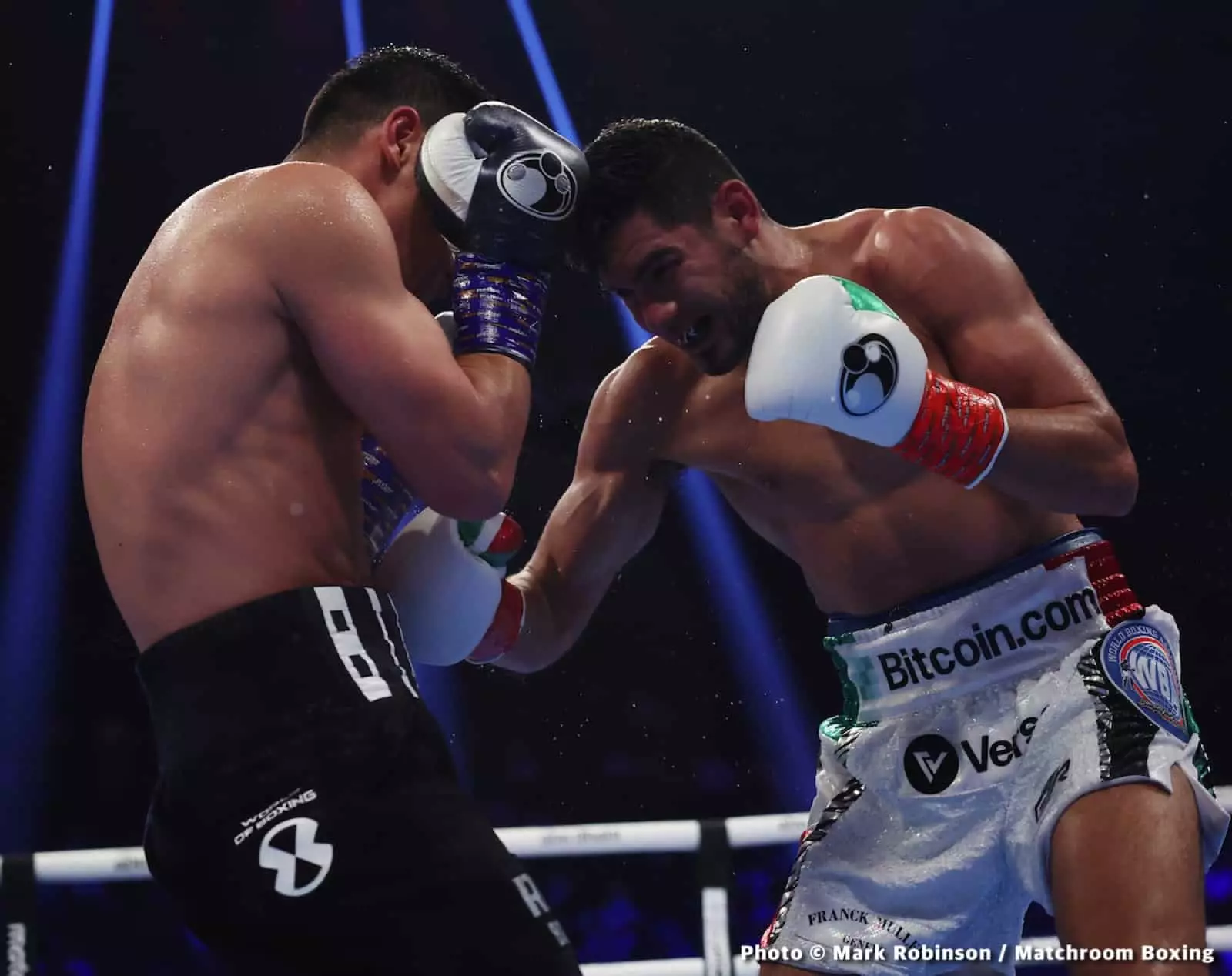Gilberto ‘Zurdo’ Ramirez, the current WBA and WBO cruiserweight champion, has recently expressed a willingness to consider a unification bout with IBF champion Jai Opetaia. On the surface, this matchup seems like an enticing concept for boxing enthusiasts who thrive on the idea of champion clashes; however, the reality reveals a complex scenario. Ramirez, who stands as a renowned figure in the boxing world, particularly in the U.S., recognizes the uphill battle that a fight against Opetaia represents—not necessarily in the ring, but in the arena of public recognition and financial viability.
Opetaia: A Lackluster Resumé Hinders Momentum
At 27-0 with 21 KOs, Opetaia certainly has an impressive record on paper. Yet, in the world of boxing, a fighter’s worth often transcends numerical achievements, relying heavily on their visibility and fanfare. The striking fact that Jai remains relatively obscure among U.S. boxing fans brings into question the value of such a unification bout for Ramirez. Without a strong storyline or significant hype—attributes Opetaia currently lacks—the fight risks becoming an exercise in futility. Competing against someone with limited recognition is not likely to boost Ramirez’s marketability or enhance his legacy in the ring.
Moreover, Opetaia’s upcoming title defense against Claudio Squeo, a 34-year-old Italian fighter with a lackluster resume, epitomizes the challenges he faces in elevating his profile. This fight, which bears the mark of another lower-caliber matchup, further highlights how Opetaia must actively seek worthy opponents to establish credibility in the competitive landscape of North American boxing. Until he steps outside of his comfort zone, it’s improbable he will break through as a name that resonates within broader audiences.
Ramirez’s Priority: High-Stakes Fights
For Ramirez, the prospect of fighting Opetaia appears more theoretical than immediate. With potential showdowns against more prominent names like David Benavidez, Dmitry Bivol, and Artur Beterbiev on the horizon, it is clear that Ramirez’s priority leans toward lucrative, high-stakes encounters that promise both financial rewards and the chance for legacy-defining moments. Benavidez, in particular, has voiced interest in challenging Ramirez at cruiserweight, a bout that would generate considerable excitement and revenue. This focus on higher-profile opponents underscores the strategic approach Ramirez must take in navigating his career trajectory.
Ramirez’s comments about being open to a fight with Opetaia seemingly reflect a sincere willingness to unify titles; however, the absence of a definitive timeline suggests that he views such a clash as a distant possibility rather than an immediate venture. While purists may yearn for the unification of belts, the realities of the sport necessitate a pragmatic approach. A fighter’s career path must include not only competitive ambitions but also an acute understanding of market dynamics and audience engagement.
While Ramirez acknowledges the potential clash with Opetaia, he is wise to prioritize bouts that ensure both recognition and prosperity within an industry driven by both passion and profit. Without a substantial foundation of support, the appeal of a unification bout becomes an echo in an empty arena.

